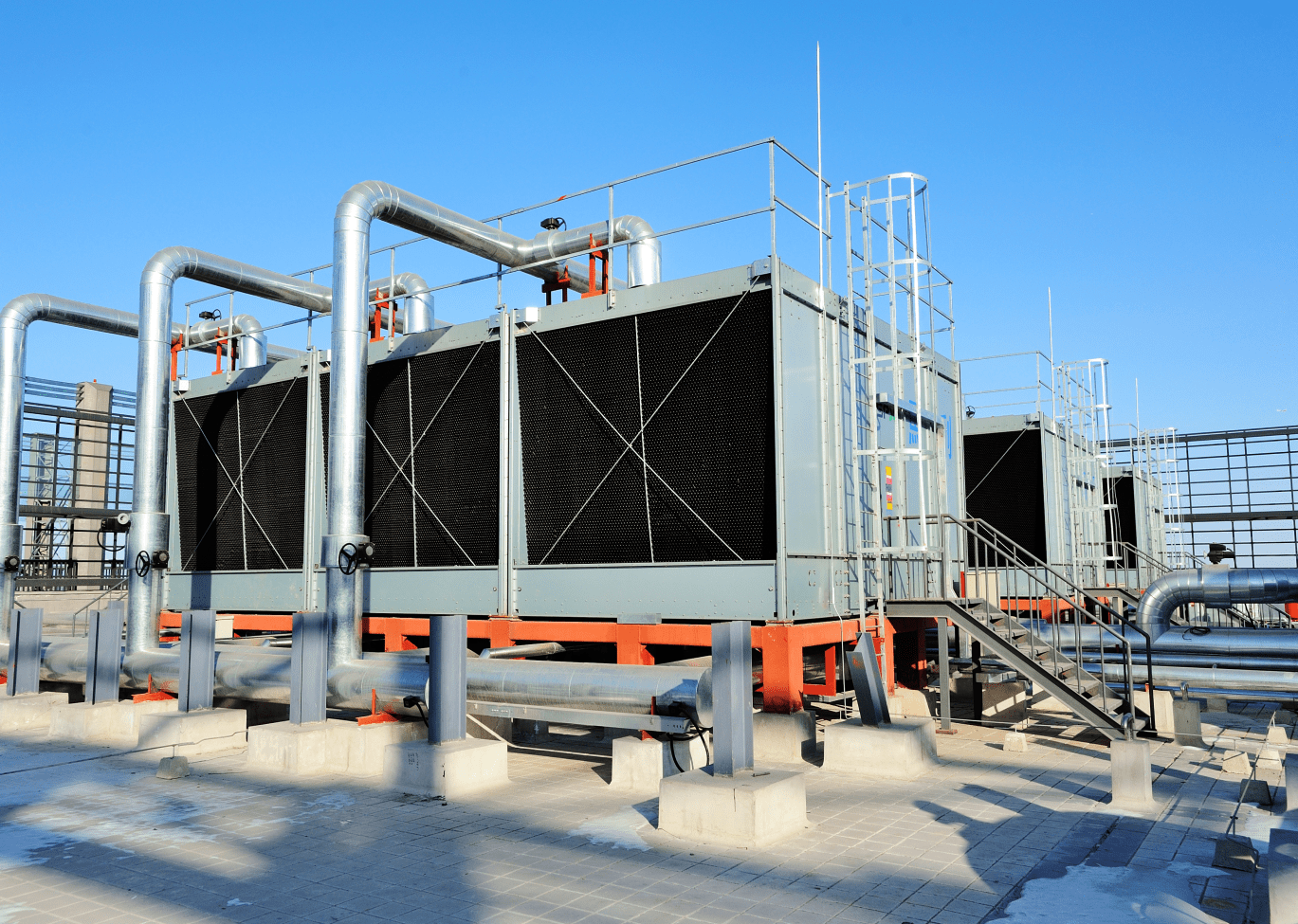Safeguarding Your Cooling Towers: A Comprehensive Guide to Dry Lay-Up
As cooling towers play a pivotal role in various industrial and commercial applications, ensuring their proper maintenance is paramount to their longevity and optimal performance. When faced with extended shutdowns, implementing a dry lay-up procedure is crucial for safeguarding your cooling towers from corrosion, bacterial growth, and potential damage.
The Significance of Dry Lay-Up
Dry lay-up involves completely draining the cooling system, including holding tanks, heat exchangers, and pipework. This process eliminates the presence of water, a primary cause of corrosion and bacterial proliferation, during the shutdown period. By effectively removing water, you can effectively protect your cooling tower’s components and ensure its integrity for future use.
Step-by-Step Dry Lay-Up Procedure
-
Complete Drainage: The first step is to thoroughly drain the entire cooling system, ensuring no water remains in any of the components. This includes holding tanks, heat exchangers, pipework, and any other associated equipment.
-
Corrosion Protection: Once drained, implement measures to protect the exposed metal surfaces from corrosion. Common methods include blanketing with inert gas or applying a corrosion inhibitor. These techniques help maintain the condition of your cooling system’s components and prevent deterioration during the lay-up period.
-
Inspection and Cleaning: Upon restarting the cooling tower, conduct a thorough inspection of the basin to identify any debris or potential issues. Clean the basin as needed to ensure proper water flow and prevent contamination.
-
Refilling and Microbiological Control: Refill the system with clean water, adhering to microbiological control protocols to prevent the growth of bacteria. This may involve adding biocides or utilizing ultraviolet disinfection systems.
-
Neutralizing Agent: If you employed any lay-up treatment during the shutdown, add a neutralizing agent to the system to ensure a safe and effective restart.
-
Circulation and Testing: Run the water-recirculating pumps to circulate the water throughout the system. Open bypass valves and verify proper flow through all heat exchangers. Conduct water testing to confirm bacteria levels are within acceptable ranges.
-
Monitoring and Maintenance: After restarting, closely monitor the cooling tower’s performance. Conduct additional bacteria control checks within the first week and consult with your water treatment provider for guidance on managing any biological or corrosion concerns, particularly after a lengthy shutdown.
Proper dry lay-up and restart procedures are essential for maintaining the longevity and safe operation of cooling towers. By following these steps and implementing regular maintenance practices, you can protect your investment and ensure the continued effectiveness of your cooling systems. Remember, preventive measures are always more cost-effective than addressing issues that arise from improper maintenance.

